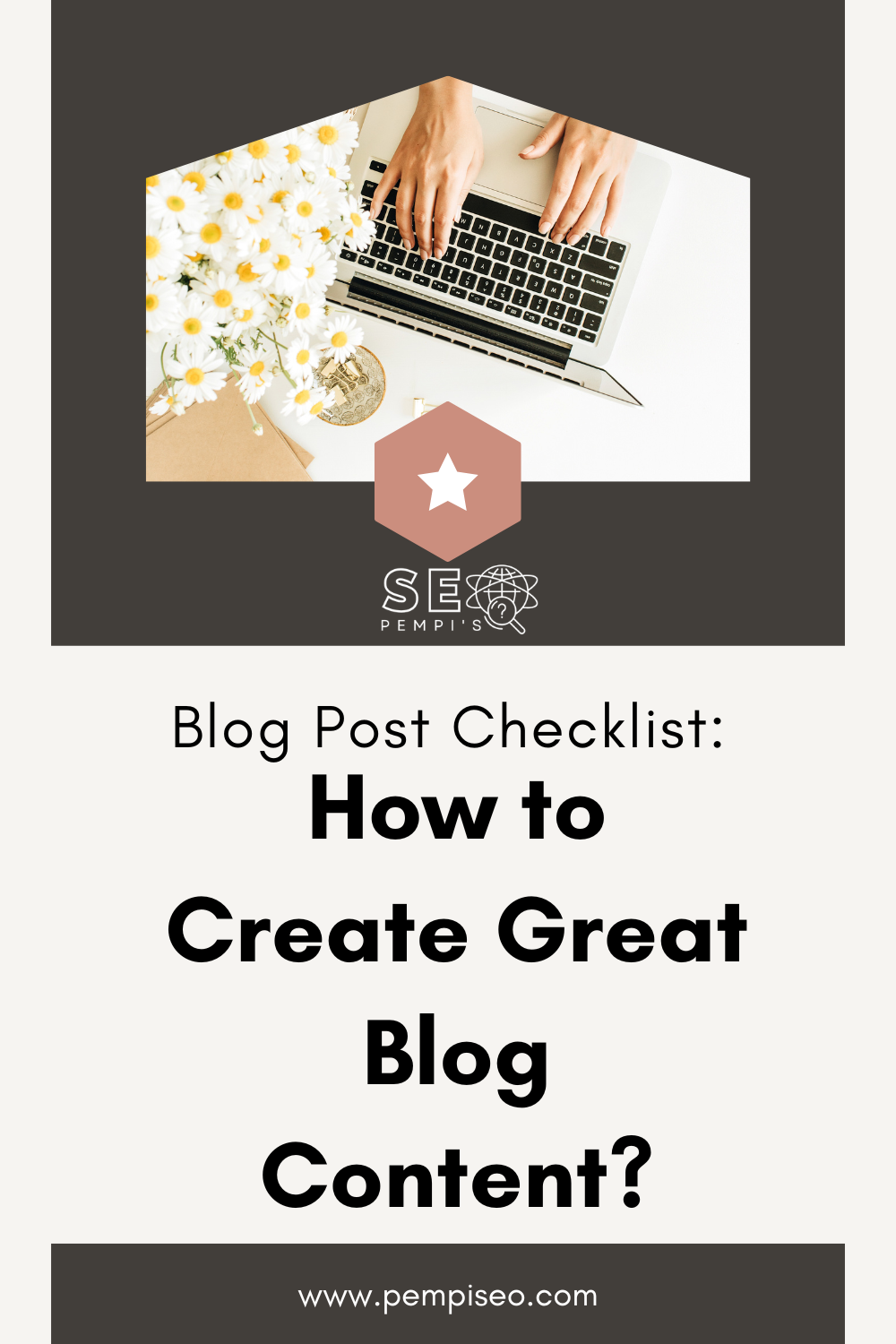How Quality Content Can Improve SEO and Your Business
Quality content is key to a successful SEO strategy. When you produce quality content, you provide value to your readers and help improve your website's search engine rankings.
But quality content doesn't just help with SEO — it can also help your business grow by attracting more visitors and leads. This blog post will discuss quality content and how you can create it for your website.
Producing quality content is the key to ranking higher than your competitors on the search engine results pages. However, there are a few things that could be improved with this. Everyone believes that their content is the best available.
Quality content is also one of SEO's most challenging aspects. People too frequently focus on things like word count, keyword density (groan!), or formatting when they should be focused on more essential elements. Content marketing experts continually emphasize "content is king" and its role in SEO.
But what exactly does that mean?
What is Quality Content?
Quality content is well-written, informative, and relevant to your target audience. It should also be error-free, original, and engaging.
The quality of your content matters if you want more visitors and lower bounce rates. But who decides what's good? The easy answer is "your users."
However, creating quality content is more complicated because every user wants something different and has a unique search intent. They have one thing in common: they know what they want from your website.
Meanwhile, you're still trying to determine the best topics for your audience. Although your consumers ultimately decide the quality of your content, you can do a few things to ensure that it's well-considered, readable, and attractive.
Blog Post Checklist
Start making money online with organic search traffic

How to Create Quality Content for SEO?
To write quality content, you must understand what your users are looking for and what type of information they want. You also need to be aware of the latest trends in your industry so that you can produce content that is both timely and relevant. Here are a few tips on how to create quality content for SEO:
1. Analyze Your Search Intent and Call to Action
What is a person's search intent when they look up something online?
There are four possibilities: general information, answers to questions, solutions to problems, or products/services. Before you start writing anything, you must figure out which one it is. And not only that—you also have to understand why you're creating this quality content in the first place.
What do you want people to do after consuming your text? If you're trying hard-sell them something, let them know immediately so they don't get frustrated and leave.
Thinking about search intent while creating quality content for a particular page is critical. That is why if you're trying to achieve one of your objectives, I recommend that you assess the various search intents people may have. Is one of your aims to increase the number of subscribers to your newsletter? Then add a subscription link to pages where visitors with an informational purpose visit.
When developing your content strategy, consider this so that your call to action (CTA) aligns with your content goals and user intent.
2. Research, Research & Research
Before you start writing, take some time to research your topic. It will help you understand what users seek and what information they want.
According to the 2021 Edelman Trust Barometer, public trust in organizations and media is at an all-time low. It's more important than ever to ensure that your material is trustworthy, which implies you'll have to conduct lots of studies and gather evidence to support your judgments.
Research is crucial, even if you only write about your personal experiences. You must present accurate information to maintain your audience's trust. Always cite current and relevant studies and data.
Set up Google Alerts for subjects that are of interest to you. You may also use your name and brand to reply quickly to online mentions by creating an account with Google Alerts.
3. Readability is the Key
Keep your content simple. Write clearly and concisely so that users can easily understand what you're trying to say.
Ensure your material is simple to read to get your point across and ensure that people scan your entire blog article or page. What does this mean?
It entails thinking about the text's structure and the words you use. Too much text without any headings or paragraphs generally scares people away, so make sure you utilize them. They provide breathing room for your readers by separating the content.
Be cautious of using complex words and long sentences. These can make your content harder to understand, which will, in turn, slow down your reader. It's also good to use variation in your text to make it engaging. Use synonyms and alternate longer sentences with shorter ones.
4. Original Content is Always Better
Be original. Write unique and authentic quality content to help you stand out from competitors.
Creating data and quality content about your experiences makes you more likely to get references and backlinks from other websites. Ensure your content is detailed, helpful, and thorough enough to warrant citations.
Even if you're disputing a popular viewpoint, discussing your personal experience establishes you as an authority figure. You aren't simply talking about another article you've read; you can personally attest to something you're stating.
5. Keep Your Content Up to Date
It's essential to update your content occasionally to remain accurate and people can easily find the information they need. Why does this matter, though?
Showing your users that you are always up-to-date with recent developments builds trust and keeps them returning to your site for accurate information. It's also critical to regularly update your website and blog posts, as this indicates to Google that your site is "alive" and current. So make sure you allocate time to keep your content up to date regularly.
6. Use Multimedia Quality Content to Diversify
Visual assets, such as images and videos, are more accessible for people to process than written-quality content alone. Types of visual aids that go well with written quality content include:
Screenshots
Photos
Infographics
Charts
Videos
Using multimedia to spice up your material might enhance engagement and, in many cases, is a successful method to make a point or provide an illustration.
There's no doubt that SEO and PR are essential for any business. But how can you measure the success of your efforts? Here are a few ideas:
7. Proofread, Edit & Review
If your primary focus is publishing quality content, you should take the time to proofread them quickly before releasing the first drafts.
An editorial calendar is useful. Use it to track deadlines and set aside enough time to write a piece, allowing ample time for editing. Refrain from keeping quality content by churning hastily composed and unedited material.
8. Analytics: It's Important!
You will know if your content is successful by studying the numbers. Even though you might think you have quality content, your audience may disagree. In that case, their opinion is what counts – not yours.
Use the KPIs discussed in this article to understand how well (or poorly) your quality content is doing. Look at which topics are getting a lot of traffic and clicks, and pay attention to areas with little activity.
Conclusion
Quality content is necessary to rank higher in the search engine results pages and get more traffic to your site. Well-written material that is easy to follow will improve your chances of ranking high on Google and set you up for long-term success.
By taking a few critical steps before publishing content, you can set yourself up for success. You can start producing quality content to improve your SEO and help your business.
I would love to help you optimize your website and increase your search engine rankings by teaching you how to generate traffic to your online business by leveraging search engines like Google, Bing, and Yahoo! Contact me.
Blog Post Checklist
Start making money online with organic search traffic





